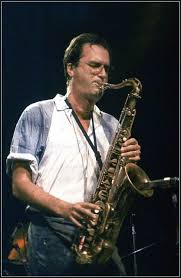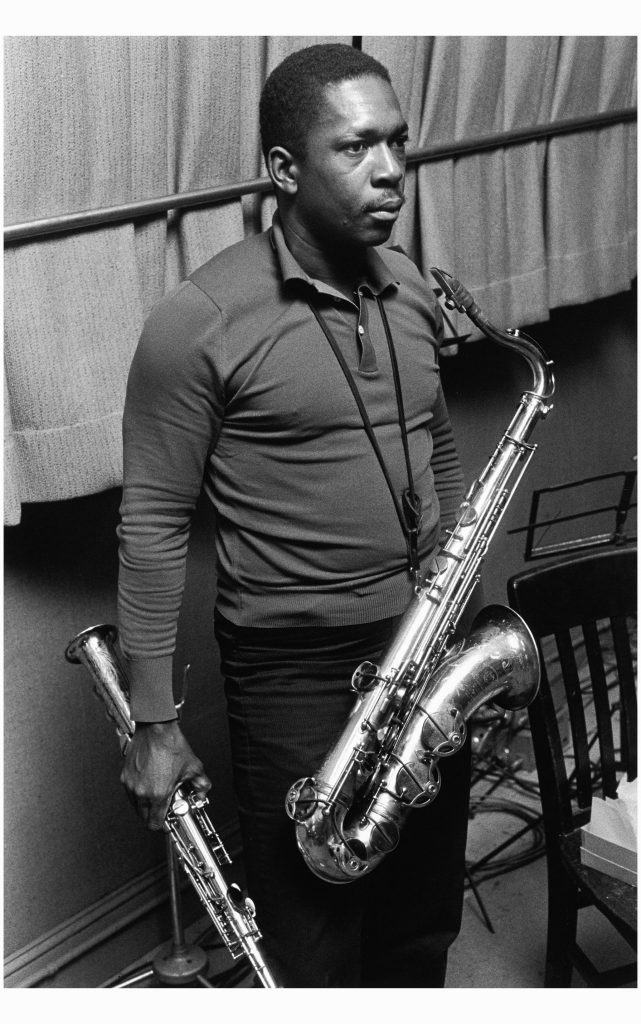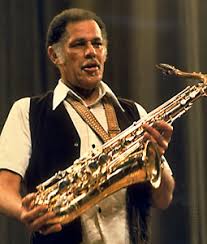All saxophonists and other musicians who play larger woodwinds invest in some piece of technology to support their instruments while they play them. Most people call this piece of technology a neck strap, but as manufacturers become increasingly aware of occupational hazards, some of these devices have absolutely zero contact with the players neck. For instance, JAZZLAB makes a harness which is made of high-tech, lightweight materials, and can be adjusted seven different ways to Sunday.
Now don’t get me wrong, JAZZLAB makes a great product and I have seen many players use this piece of equipment on several occasions, but I have always wondered if their product actually improves posture. If I’m at all like some of my fellow instrumentalists, I don’t think about my posture nearly enough whenever I pick up my horn. But when I do, I think about my posture from the ground up and try sit or stand as naturally as possible as if the horn weren’t even in my hands. The Saxophone Guy provides an excellent breakdown on building a healthy, supportive playing position and also has some pretty sweet pictures on his site:
https://www.saxophone-guy.com/good-posture.html
The Saxophone Guy has some pretty killing posture, but where is his JAZZLAB saXholder!? Countless saxophone legends have been able to play the instrument at the highest of levels without the aid of special harnesses. Here is some photo-graphical evidence for your viewing pleasure:

Michael Brecker 
John Coltrane 
Dexter Gordon
In the photographs above, we have three jazz giants and zero saxophone suspension gadgets. Perhaps I am a traditionalist, but the previous fact is a good indication that saxophonists today don’t need a fancy harnesses to facilitate good posture and achieve mastery of the instrument.
While Michael Brecker, John Coltrane, and Dexter Gordon were truly masters of their craft, let’s take a closer look at a different saxophonist: Rich Perry (linked below).h
Rich Perry visited the Eastman School of Music in 2016 and performed as a guest with the Eastman Jazz Lab Band in addition to teaching a few master classes. When he played, he used the JAZZLAB saXholder to support his saxophone. I remember him saying that his harness was an essential step in his recovery. After years of developing bad posture, Rich created not only a unique sound on the tenor but also chronic pain in his neck and shoulders. He corrected this issue by improving his posture and using a harness instead of the old-fashioned neck straps. And if you don’t believe me, here’s a video of him playing with his harness on (solo starts at 5:00).
Rich Perry is one of many who has experienced the therapeutic benefits of playing with a harness. To invest approximately $50 to increase the longevity of your musical career is perfectly reasonable decision to make. But if you don’t have to, and you buy an expensive harness to have the latest technology I would advise against it. Either way, it’s probably better than playing on one of these!
https://secondhandsaxes.com.au/images/wrecksspares/brilhart%20sop%20strap.jpg
